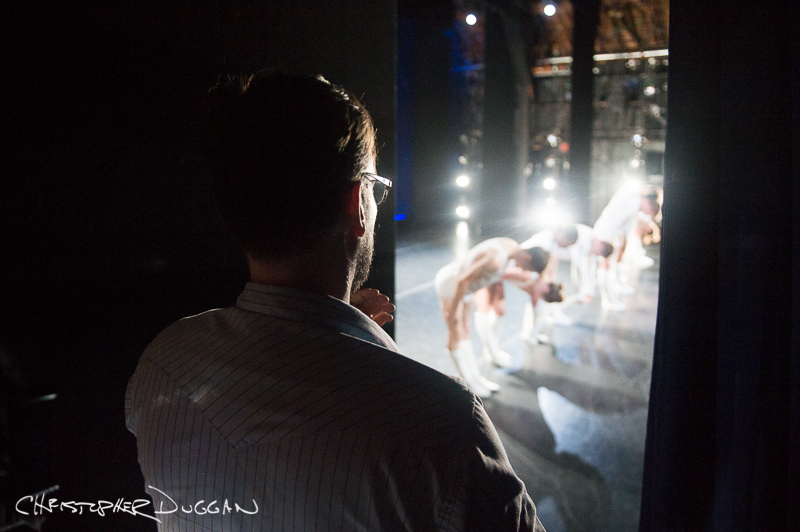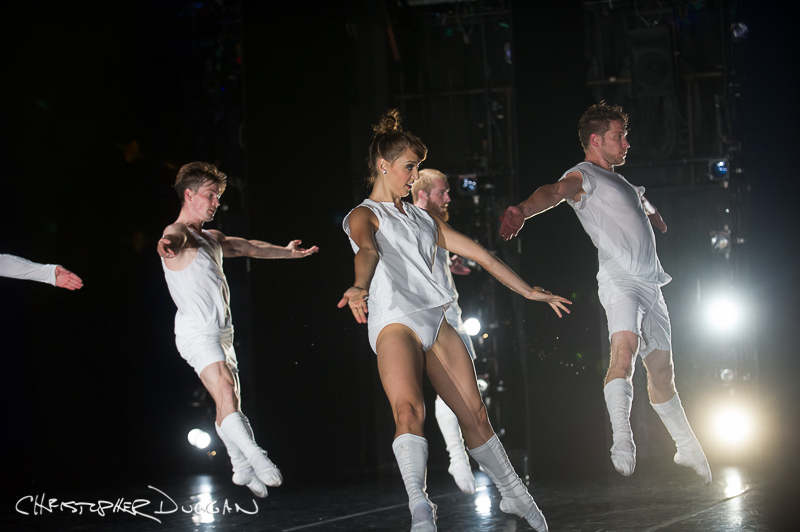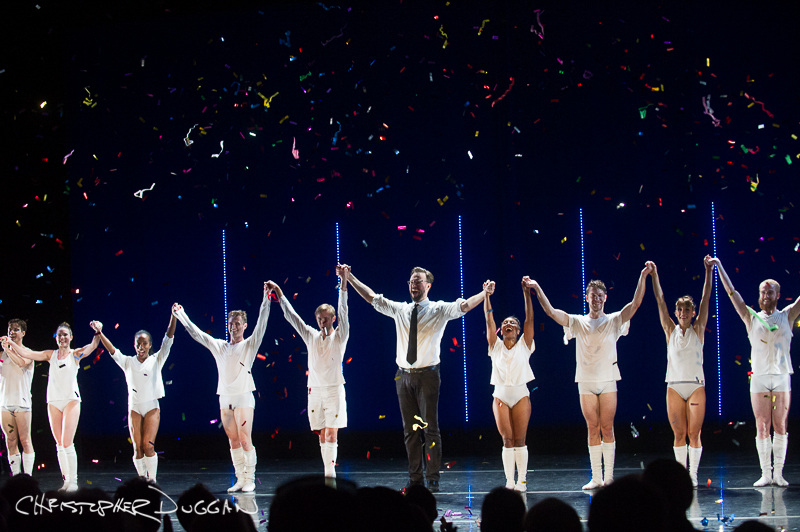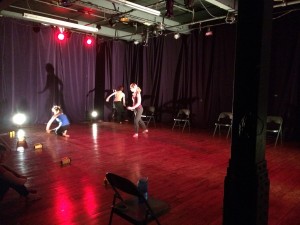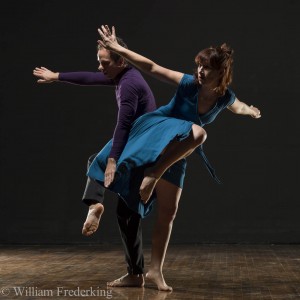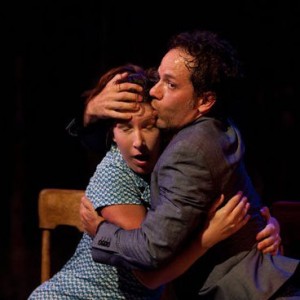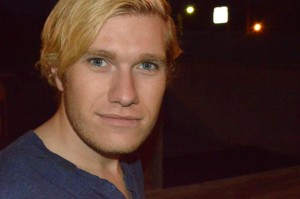by Christopher Duggan
This summer at Jacob’s Pillow marked Trey McIntyre Project‘s last performances as a professional dance company before Trey moves on to other projects. I’ve photographed the dance company before, and I’ve always loved Trey’s choreography.
It just seemed like a very special week, so I thought it’d be great to spend extra time with the company making pictures. I photographed the company in dress rehearsal as I usually do, but I also photographed one performance from backstage and I made portraits with four of the dancers around the Pillow grounds and on my family’s trampoline.
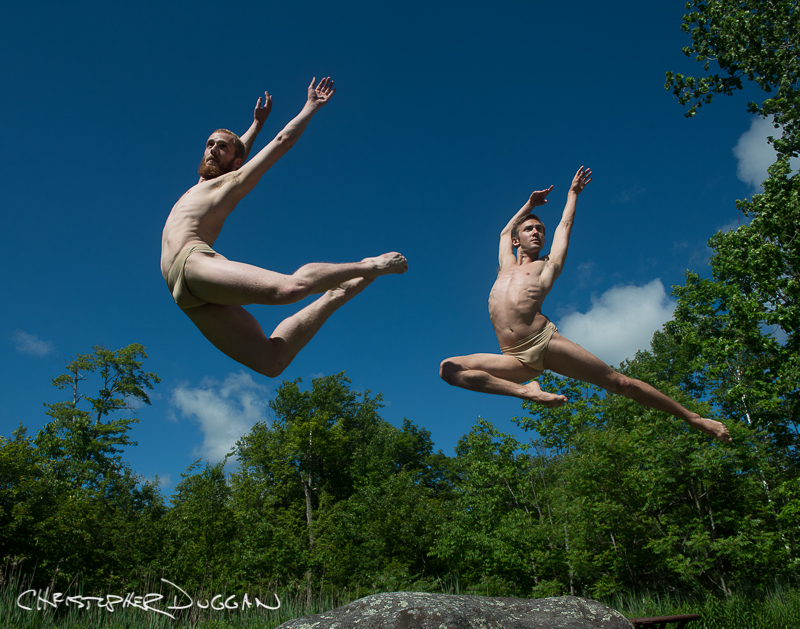
Each of these four dancers, Benjamin Behrends, Chanel Da Silva, Amber Mayberry and Brett Perry, really gave me time to explore with them. The nature of a dancer’s schedule is that they just don’t usually have a lot of time to spare. So I approach a portrait with an idea that we try to execute and we may be able to try one other thing after that, but then the dancer needs to go.
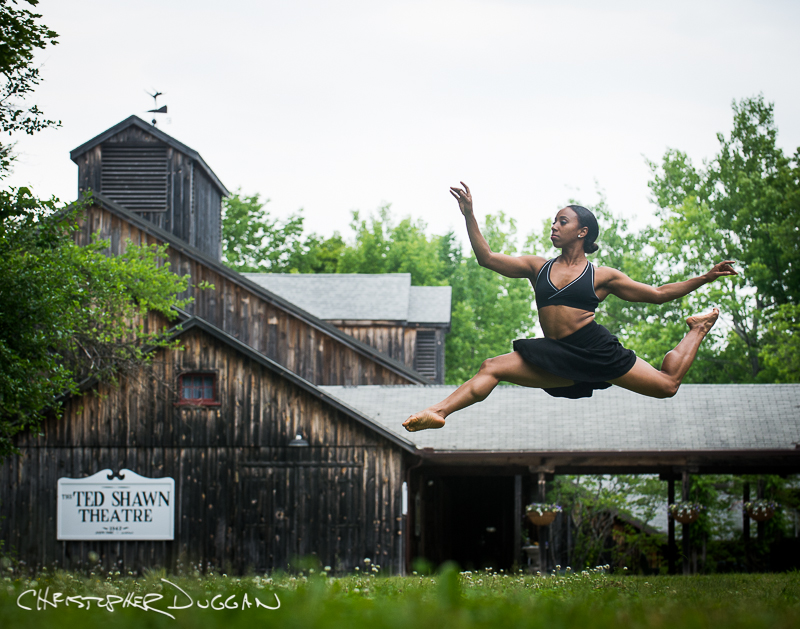
Chanel and I had two hours together and there were several photos we tried that are not featured here, because we were able to explore more and figure out the best portraits. The same with Amber Mayberry below – she gave me a nice amount of time to have a relaxed approach and create something together.
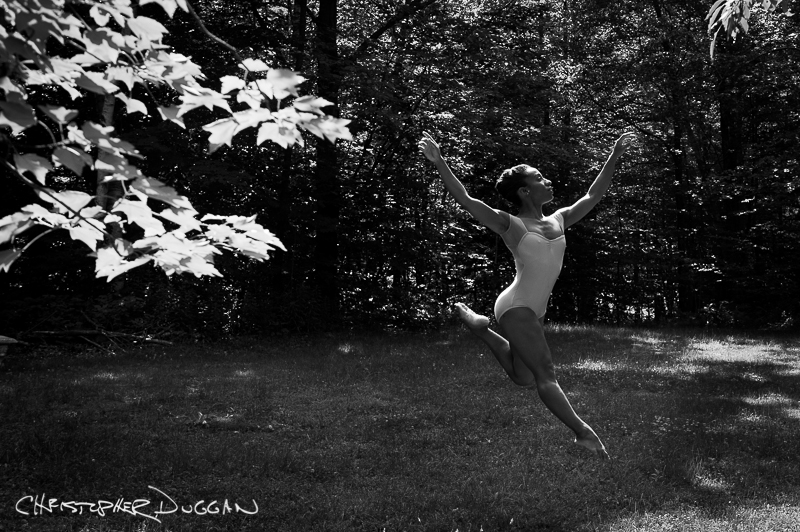
To be able to create something together is special. We’re both artists, and we want to make something beautiful. I was able to do that with all of them, because they were so generous with their time and excited to work together. When they had their final performance that Sunday afternoon, I snuck in to the Ted Shawn Theatre at the very end to capture their final bows. I wanted them to have this moment forever.
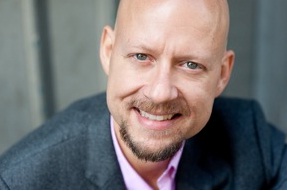
He photographs dancers in the studio and in performance, for promotional materials, portraits and press, and he often collaborates with his wife, Nel Shelby, and her Manhattan-based dance film and video editing company Nel Shelby Productions (nelshelby.com). Together, they have documented dance at performances from New York City to Vail International Dance Festival.
Christopher Duggan Photography also covers the finest wedding venues in the Metropolitan and Tri-State areas, in Massachusetts and the Berkshires, and frequently travels to destination weddings.
His photographs appear in The New York Times, The Huffington Post, The Knot, Destination I Do, Photo District News, Boston Globe, Financial Times, Dance Magazine, and Munaluchi Bridal, among other esteemed publications and popular dance and wedding blogs. One of his images of Bruce Springsteen was added to the Rock & Roll Hall of Fame and his dance photography has been exhibited at The National Museum of Dance and Jacob’s Pillow Dance Festival.
His Natural Light Studio (http://www.christopherduggan.com/portfolio/natural-light-studio-jacobs-pillow-photography/) at Jacob’s Pillow is his most ambitious photography project to date – check out his blog to see more portraits of dance artists in his pop-up photo studio on the Pillow grounds.





